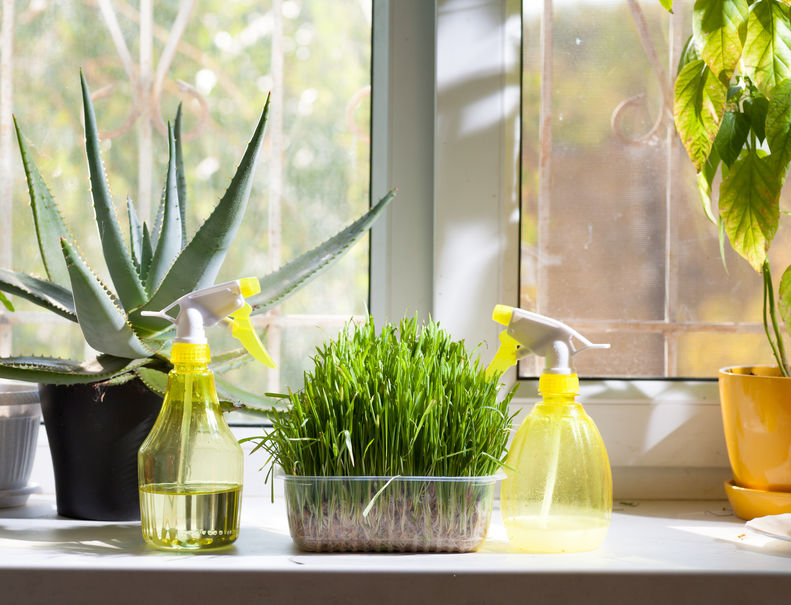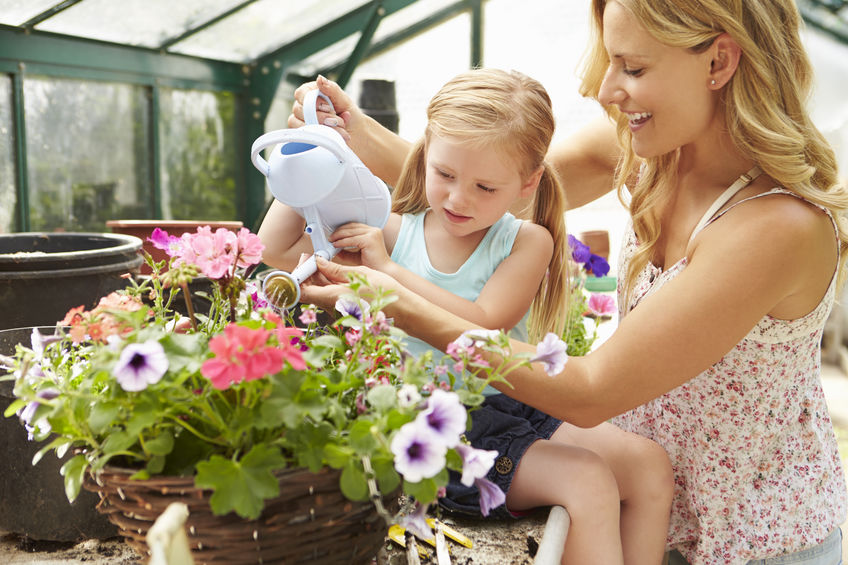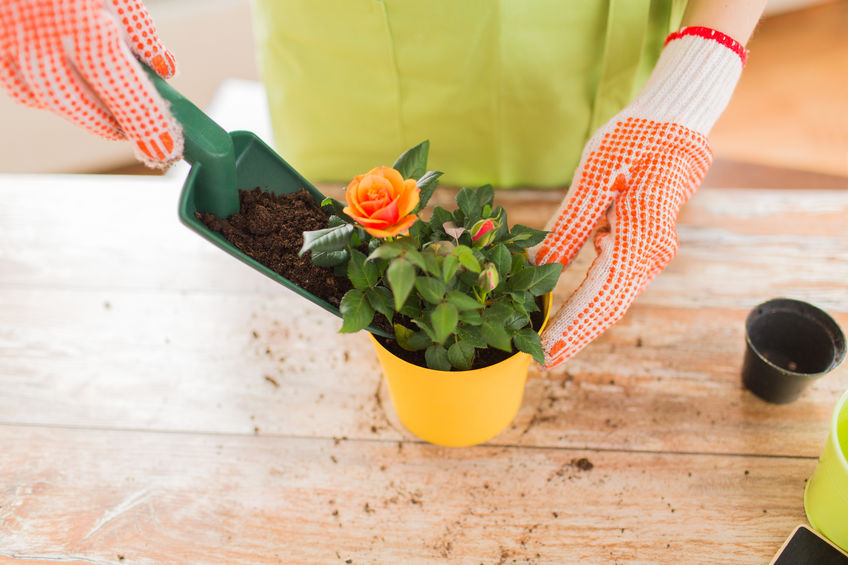Blog - 3 Great Hacks For Your Indoor Springtime Plants

3 Great Hacks For Your Indoor Springtime Plants
If the cold of winter made trees, bushes, and plants lose their lush leaves, it is the warmth of spring that makes them grow back.
Remember, if it is spring outside, then it should also be spring inside so that our indoor plants can benefit from the seasonal change. Indoor plants depend at least partially on the weather outdoors. So, we have some handy advice to keep your indoor plants happy and thriving as winter turns into spring!
1. Feed your starving indoor plants: It’s been a long winter, so with springtime here your indoor plants need food. Many wonderful brands of liquid food will add nutrients and yield amazing results for your houseplants. A springtime feeding schedule is recommended; bi-weekly is usually good for the plants to thrive. These can be obtained at your local big box or hardware store with a garden department.

2. Water your plants more, but don’t overwater: Since springtime means increased temperatures, longer days, and more daylight, you will need to water more. To avoid the dangers of overwatering, increase the frequency slowly. Monitor plants often; if you notice them wilting, then water more or try misting. Check the soil on the plants; if the soil stays moist for two or more days, cut down on the water. If your indoor plants are in full sunlight, then add some rocks on top of the soil to maintain the moisture. The best time to water is early morning, as less water is liable to evaporate.
3. Springtime is the perfect time to repot only if repotting is necessary: The rule of thumb is that plants should be repotted every 12-18 months. Repotting doesn’t only mean to put the plant in a new pot, it also means changing the soil. Fresh new potting soil provides fresh nutrients that will make your plant thrive. A new pot might be in store for repotting if roots are bunched up and in need of more room. In this instance, a larger pot is necessary. Please note that repotting a plant can put it into shock, so be absolutely sure that it needs repotting before you start the process. If you just purchased a new indoor plant, let it stand and get used to the new environment before you attempt to remove it from its long-standing current pot. From the plant’s point of view, if the conditions are perfect and you decide to move it, this might cause the plant to not flower, or wither and die. So please don’t risk it unless it is absolutely necessary.

Here is another tip — every so often, bring your houseplants outdoors. They will love the beautiful spring weather, as long as the weather is mild. That fresh springtime air and mild sunshine will make your houseplants happy. You could actually leave them out all day, and then when the evening comes and temperatures drop, bring them back inside. We’ve found that if you set up a schedule for your houseplants for tasks such as watering, feeding, or when to let them be outdoors, they will repay you in adorning your house with their gracious beauty for years to come, season after season.
No Description
Leave a Comment
You must be logged in to post a comment.